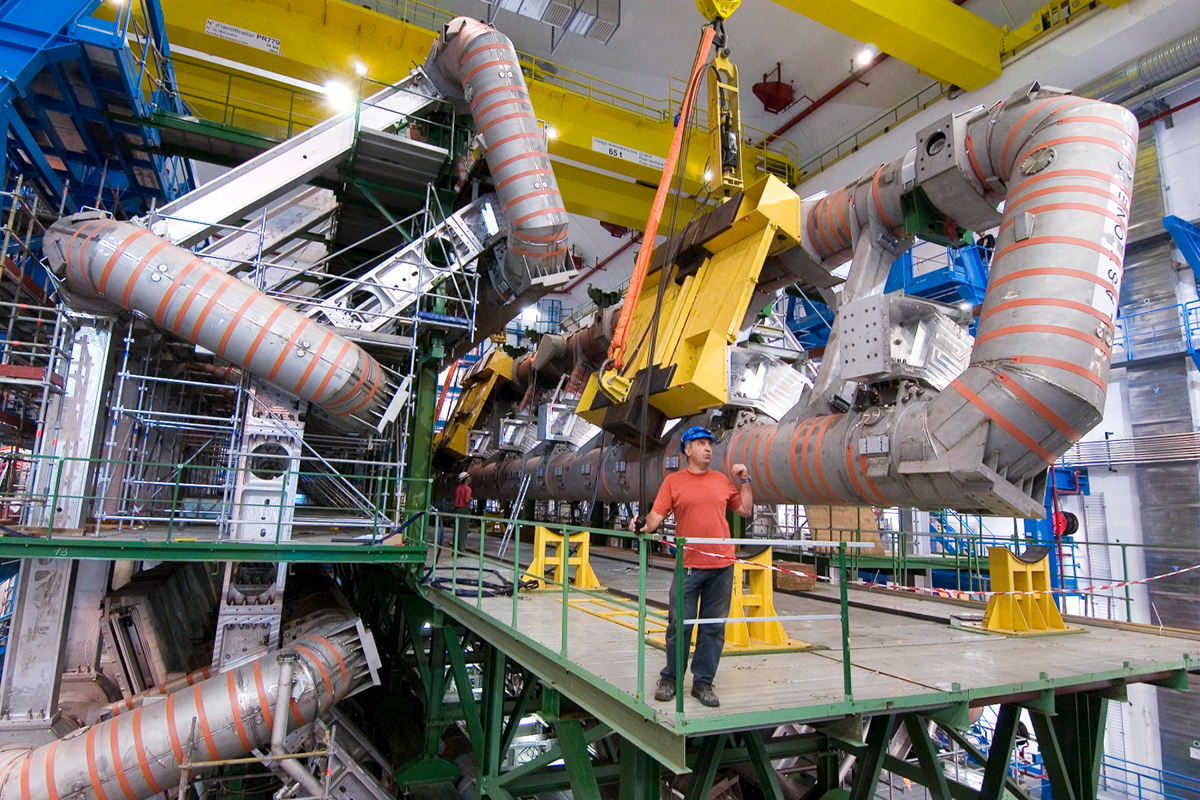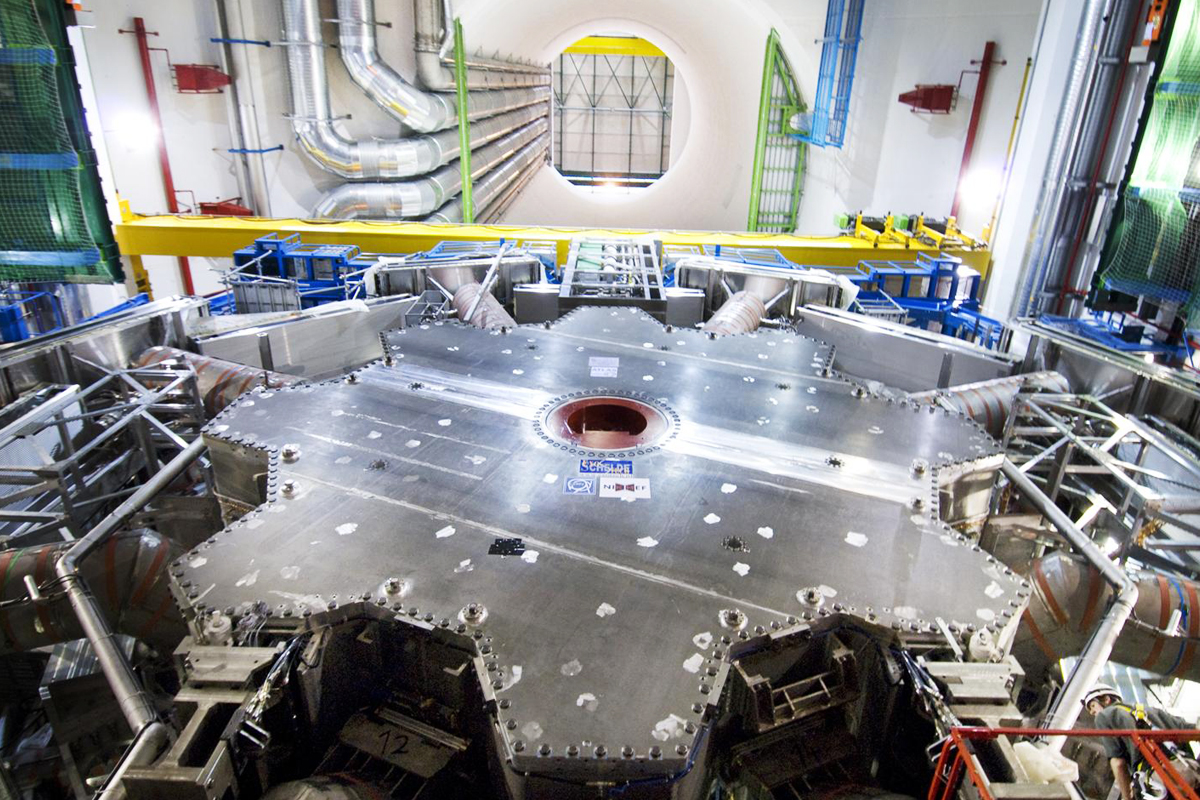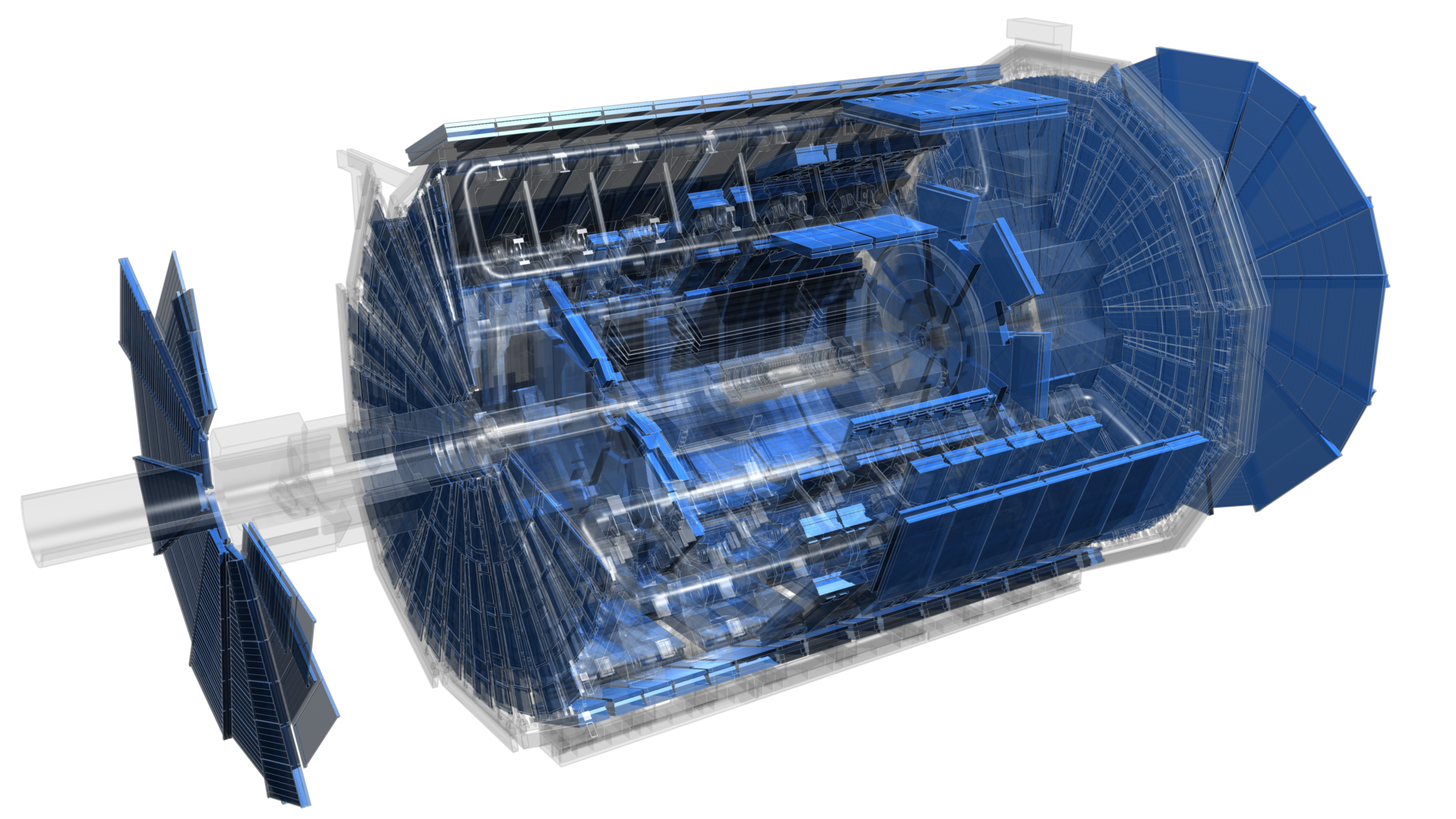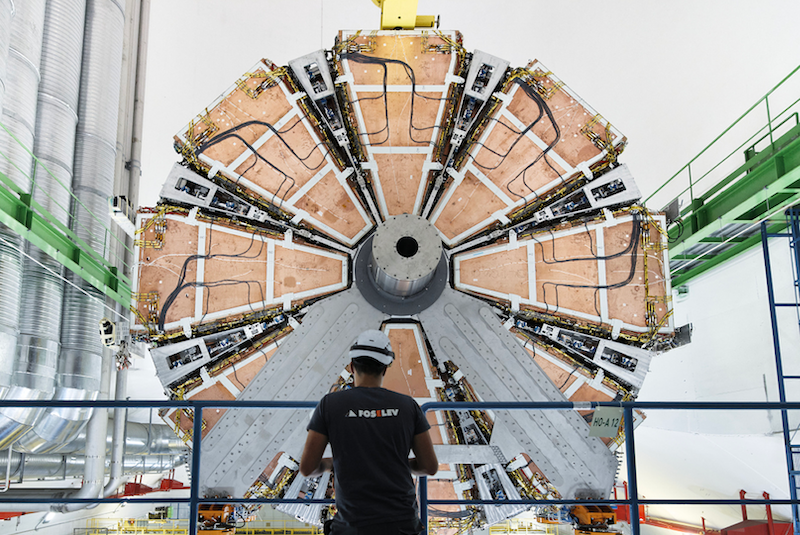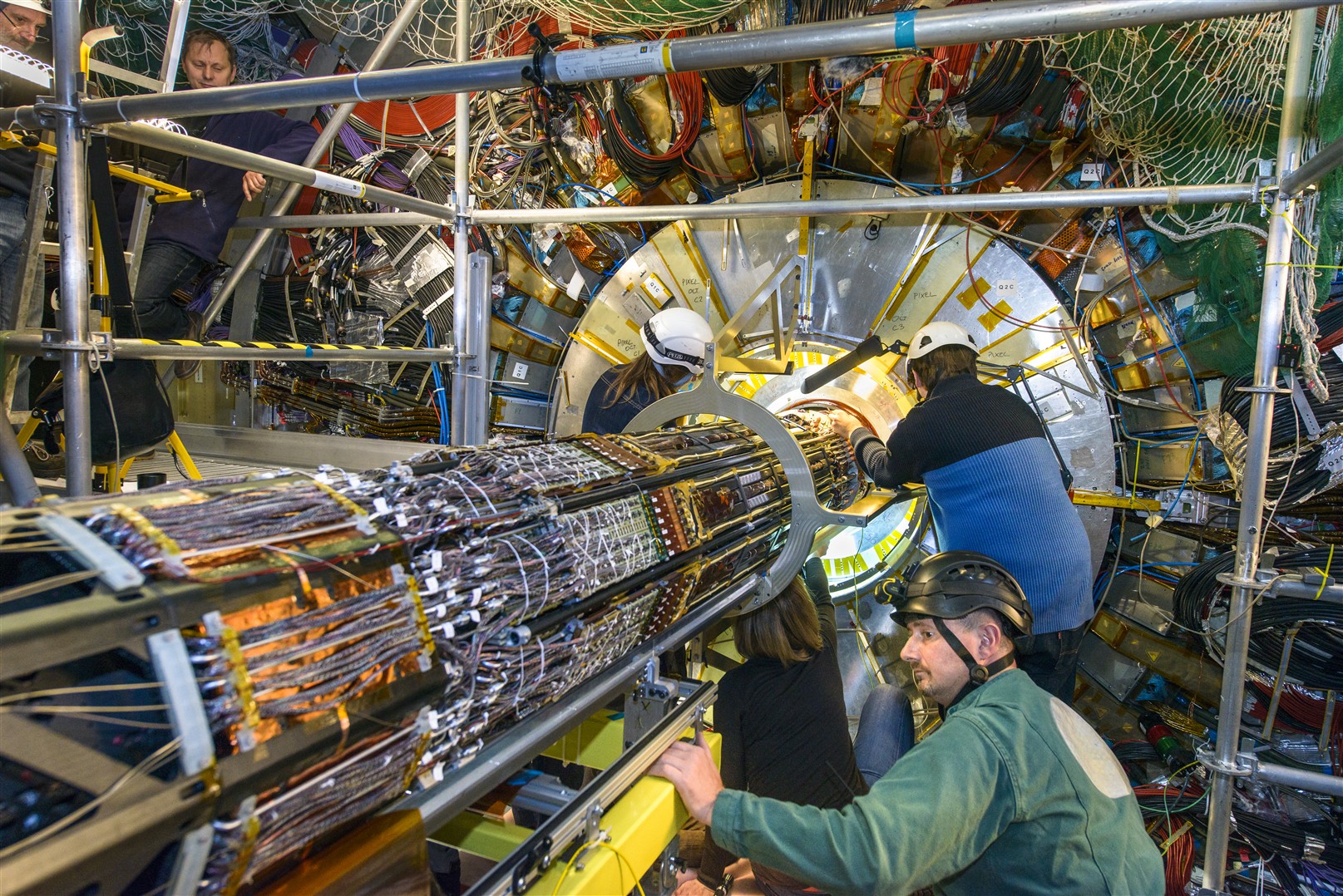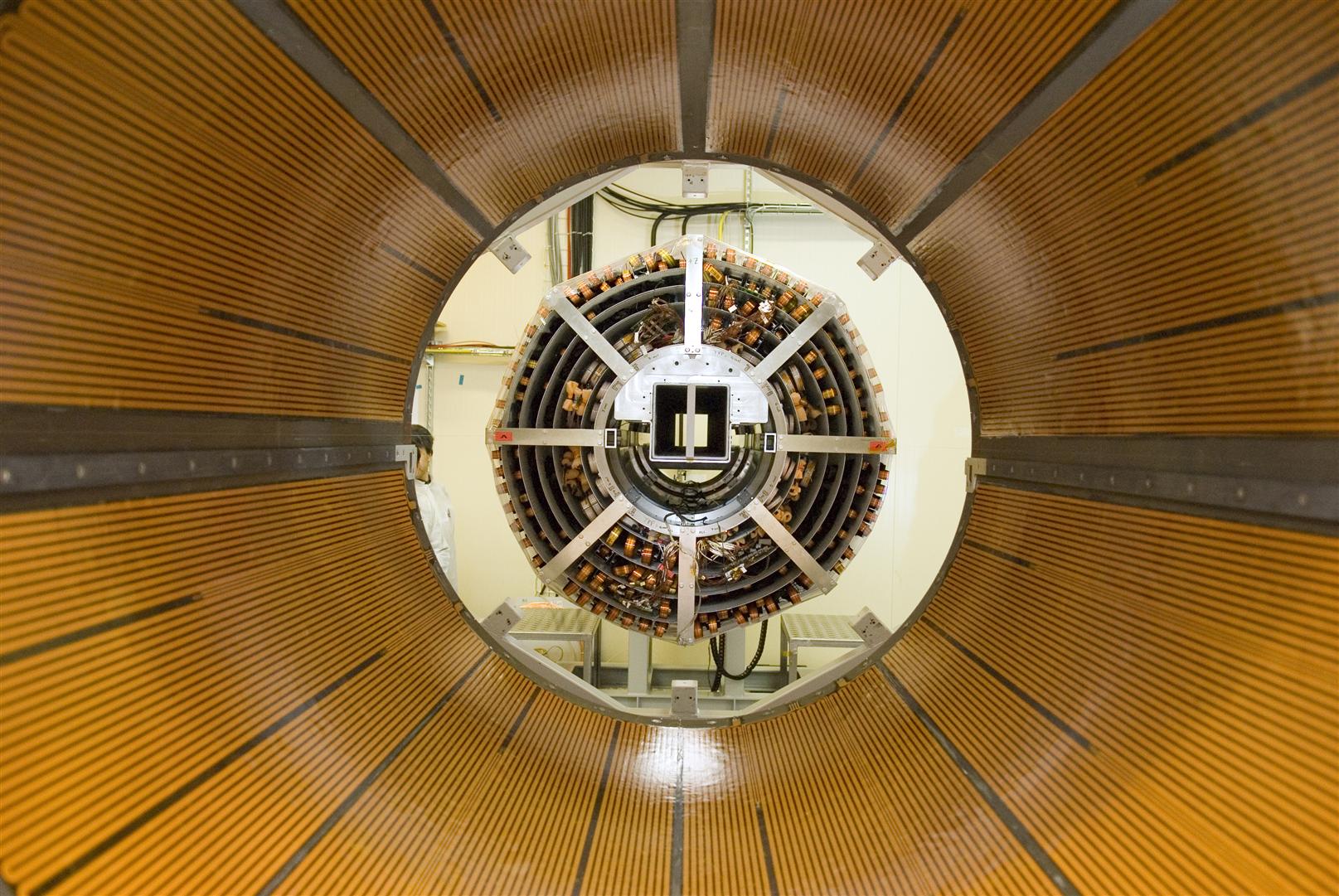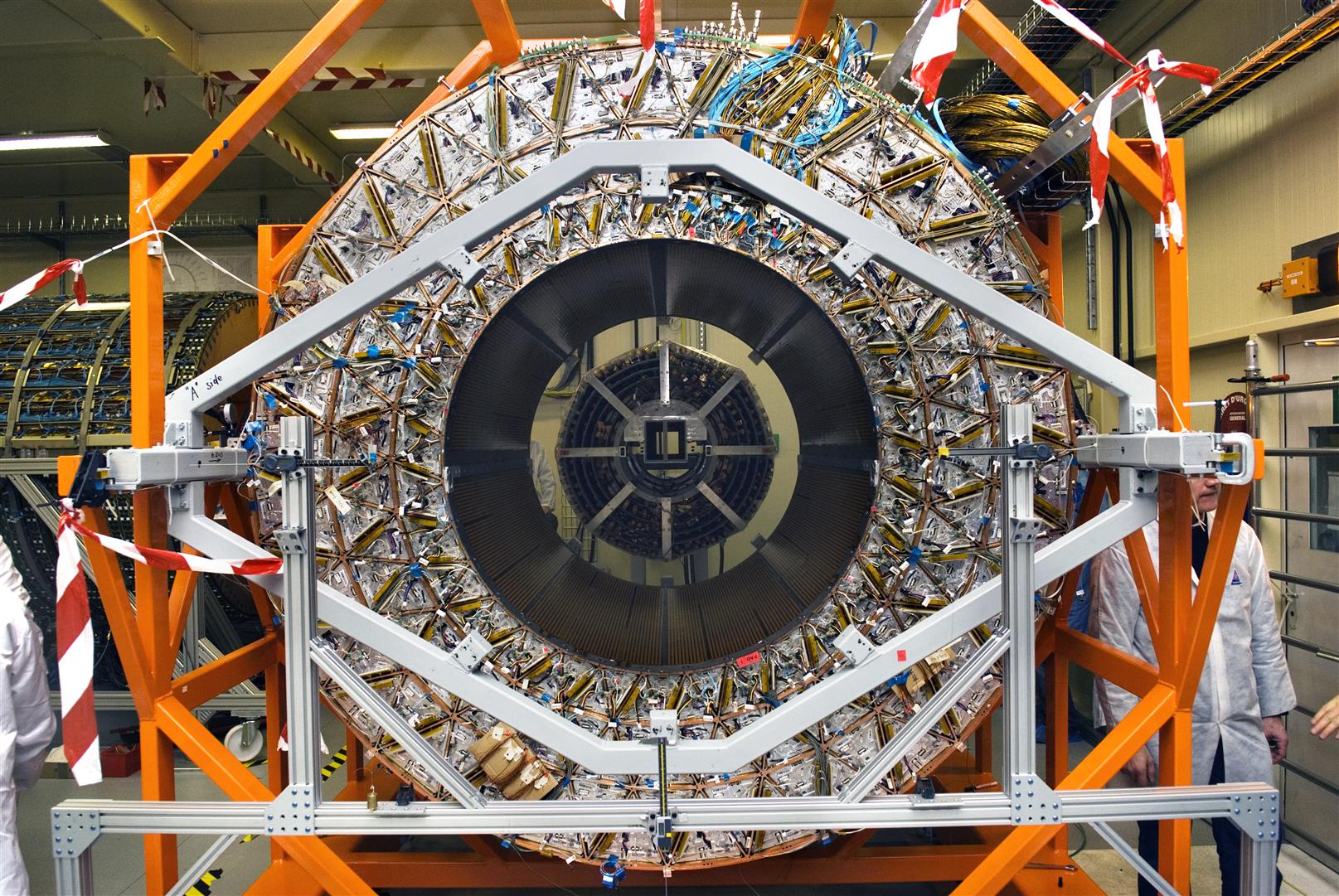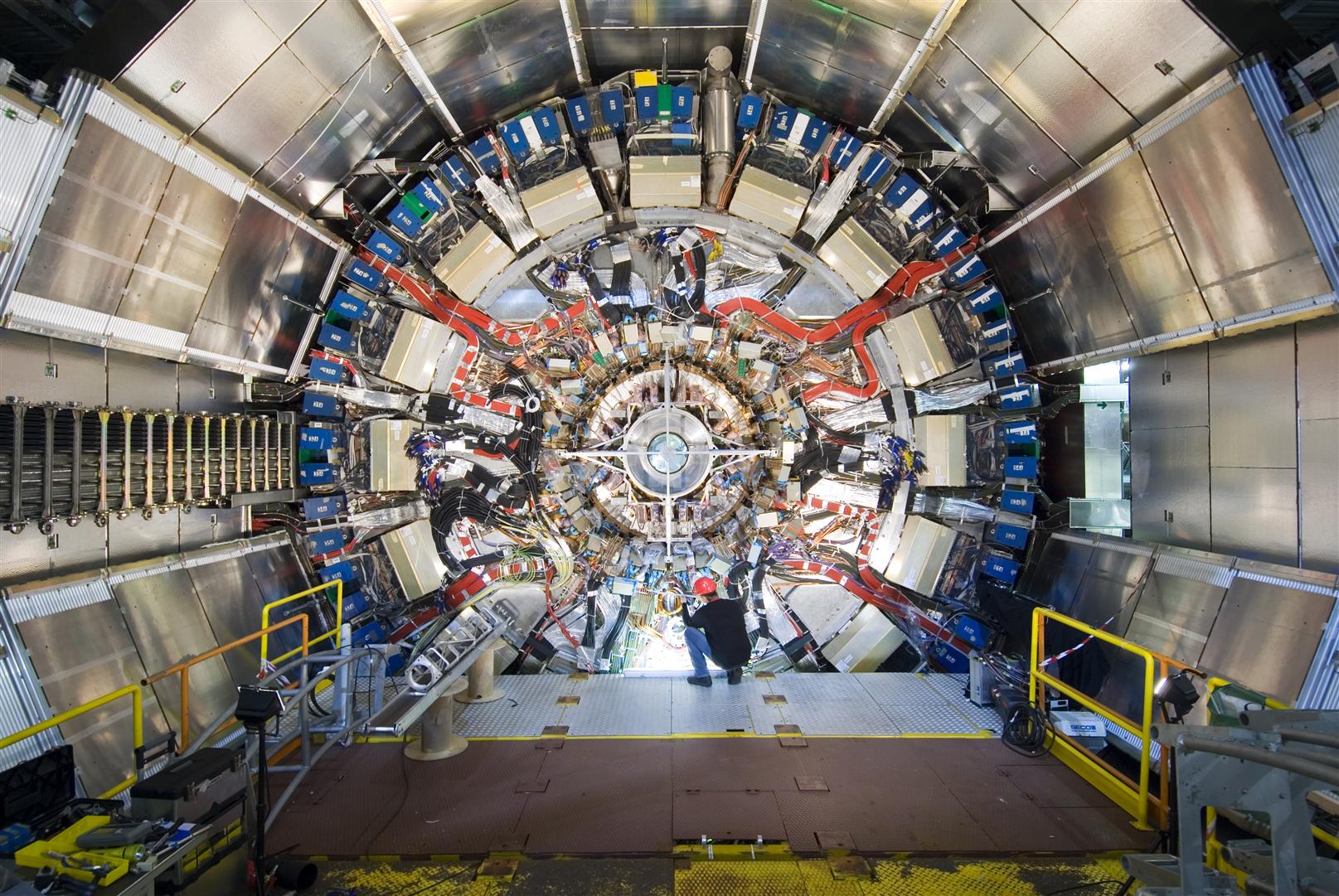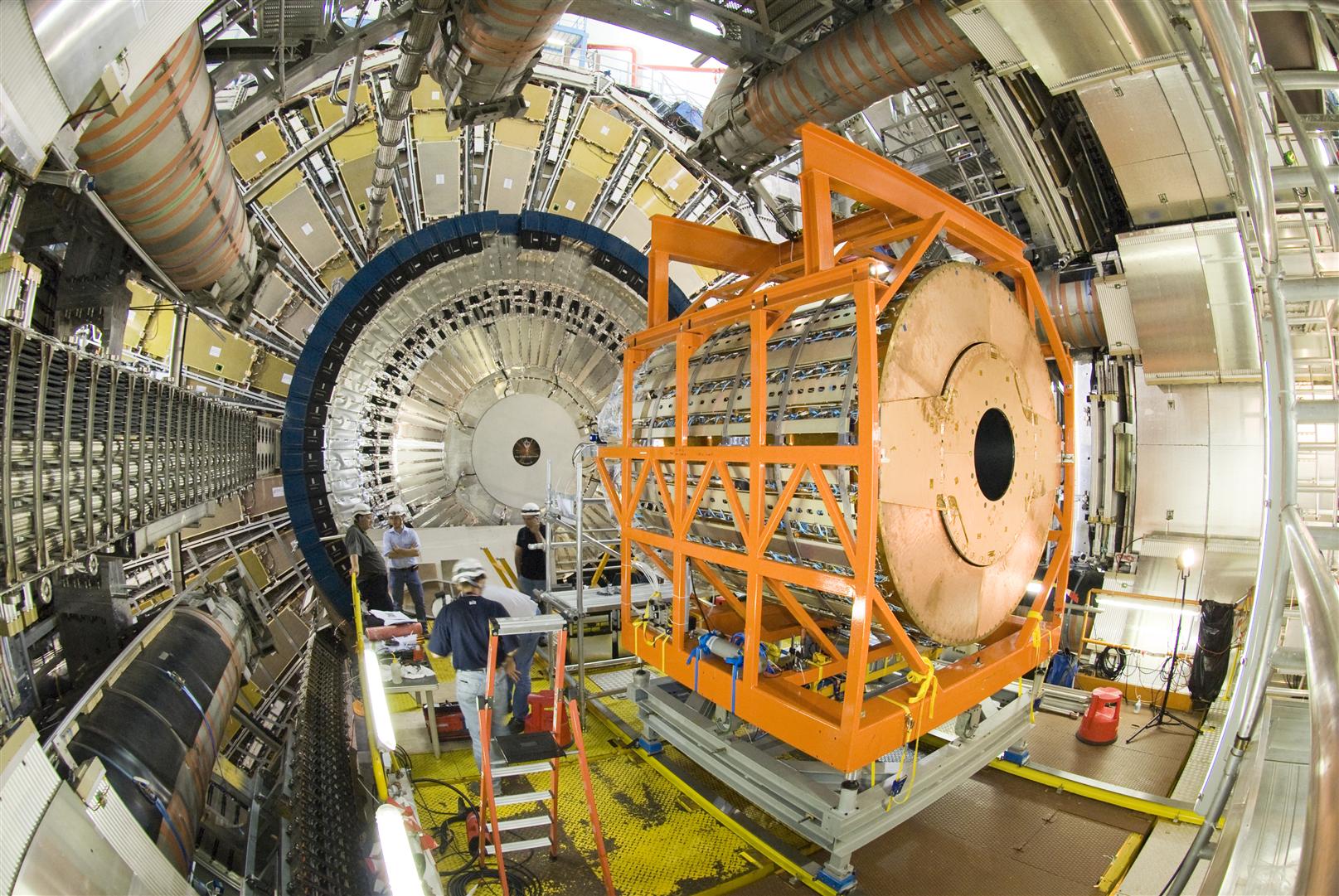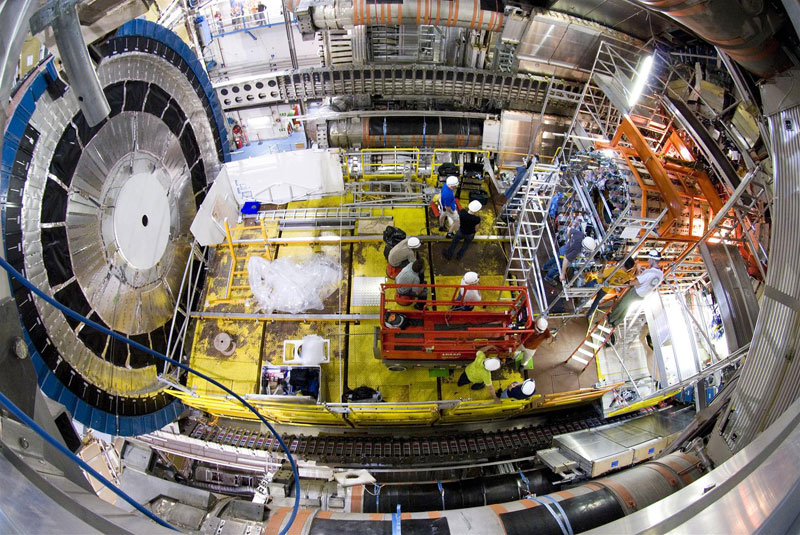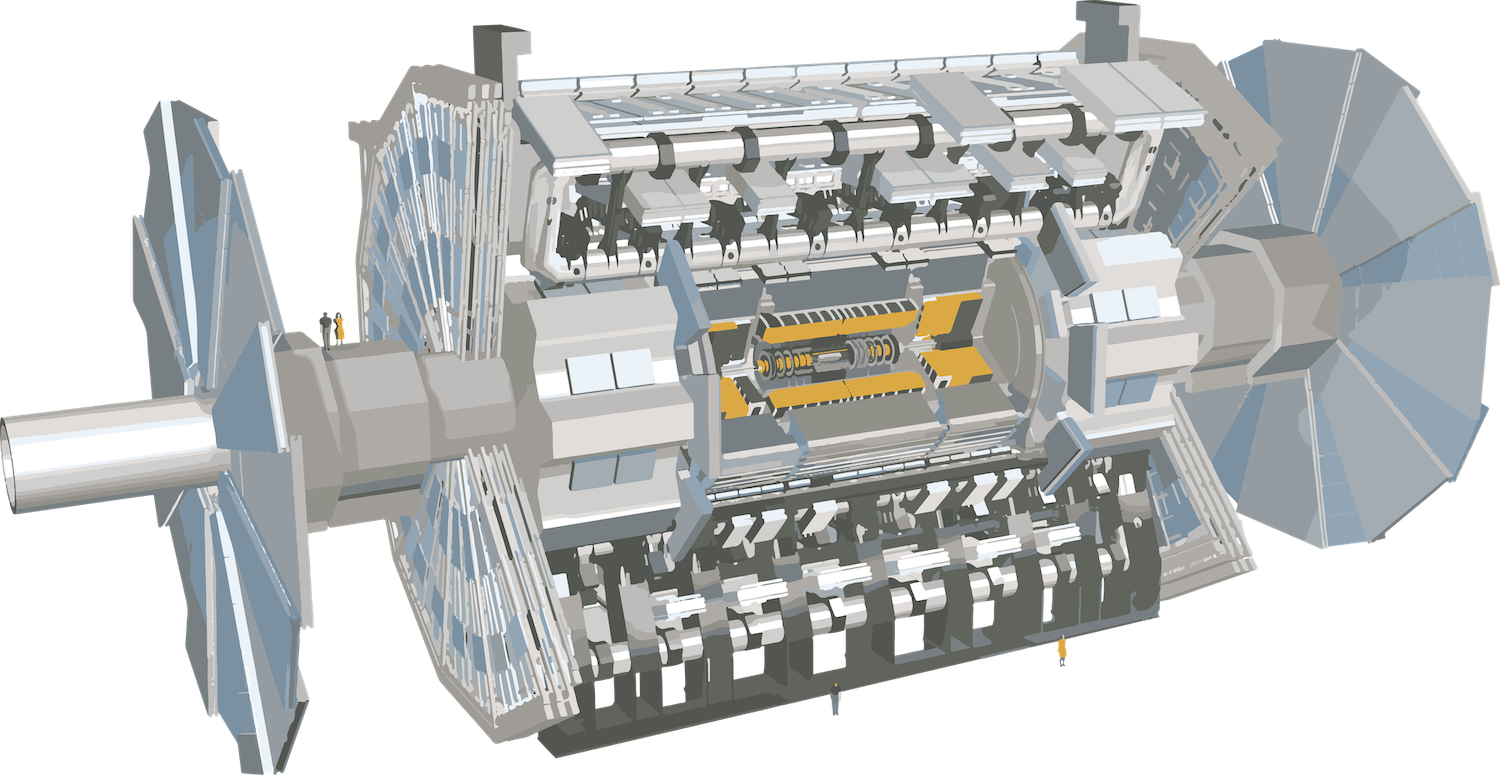The ATLAS Thesis Award winners for 2024 are:
- Christian Appelt (Humboldt University, Germany): Extending the limits in the hunt for long-lived heavy neutral leptons with the ATLAS experiment at the Large Hadron Collider at CERN
- Ana Luisa Carvalho (Universidade de Lisboa, Instituto Superior Técnico and Laboratório de Instrumentação e Física Experimental de Partículas, Portugal): Measurements of Higgs boson properties in associated production with top quarks with the ATLAS detector
- Shalini Epari (Universitat Autònoma de Barcelona, Spain): What to expect when you are expecting new physics: searches for new phenomena in multilepton final states with the ATLAS detector
- Emily Ann Smith (University of Chicago, USA): A Global View of Jets With the ATLAS Detector: From Hardware Triggers to Precision Measurements and Beyond
- Kaito Sugizaki (University of Tokyo, Japan): Search for higgsinos with compressed mass spectra in final states with low-momentum leptons using 140 fb-1 of proton-proton collisions at 13 TeV
- Martino Tanasini (Università di Genova, Italy): The Higgs, the Beauty and the Charm: Improving Jet Flavour-Tagging and Higgs Boson Measurements with Graph Neural Networks in the ATLAS Experiment at the LHC
- Aric Tate (University of Illinois at Urbana-Champaign, USA): Investigations of Initial State Effects in p+Pb Collisions via Dijet Measurement with the ATLAS Detector
- Makayla Vessella (University of Massachusetts, Amherst, USA): Do Dibosons Dream of Semileptonic Sheep? Searching for heavy Wh resonances and optimizing track reconstruction with the ATLAS detector
See the News Article on the 2024 Awards.




